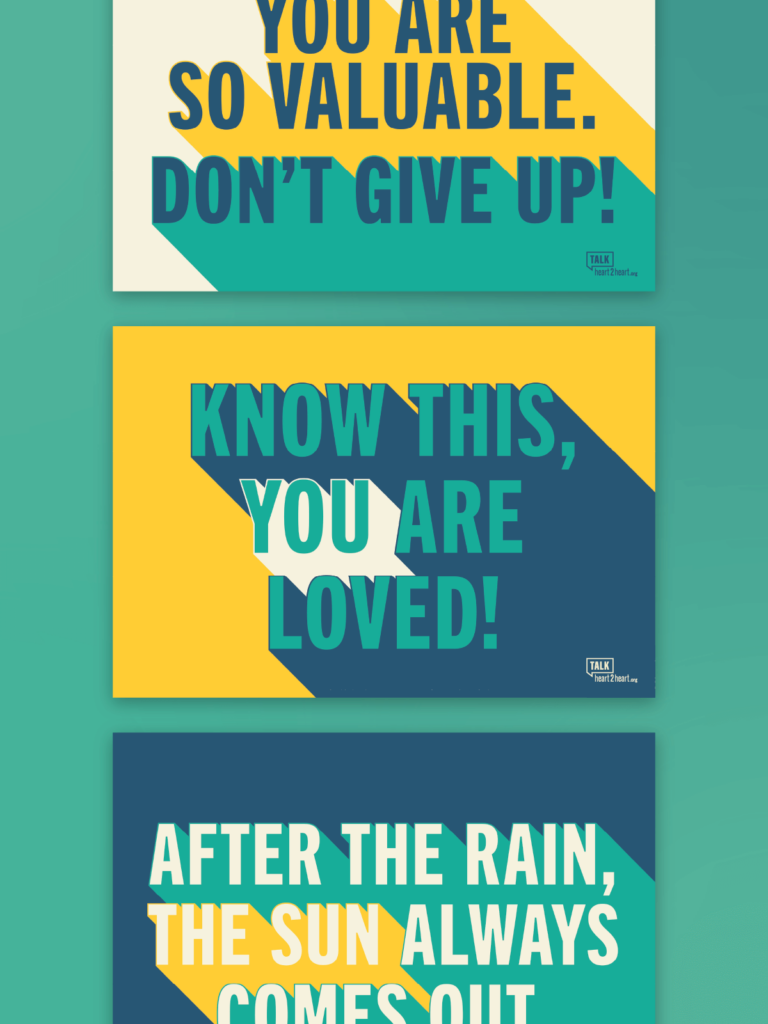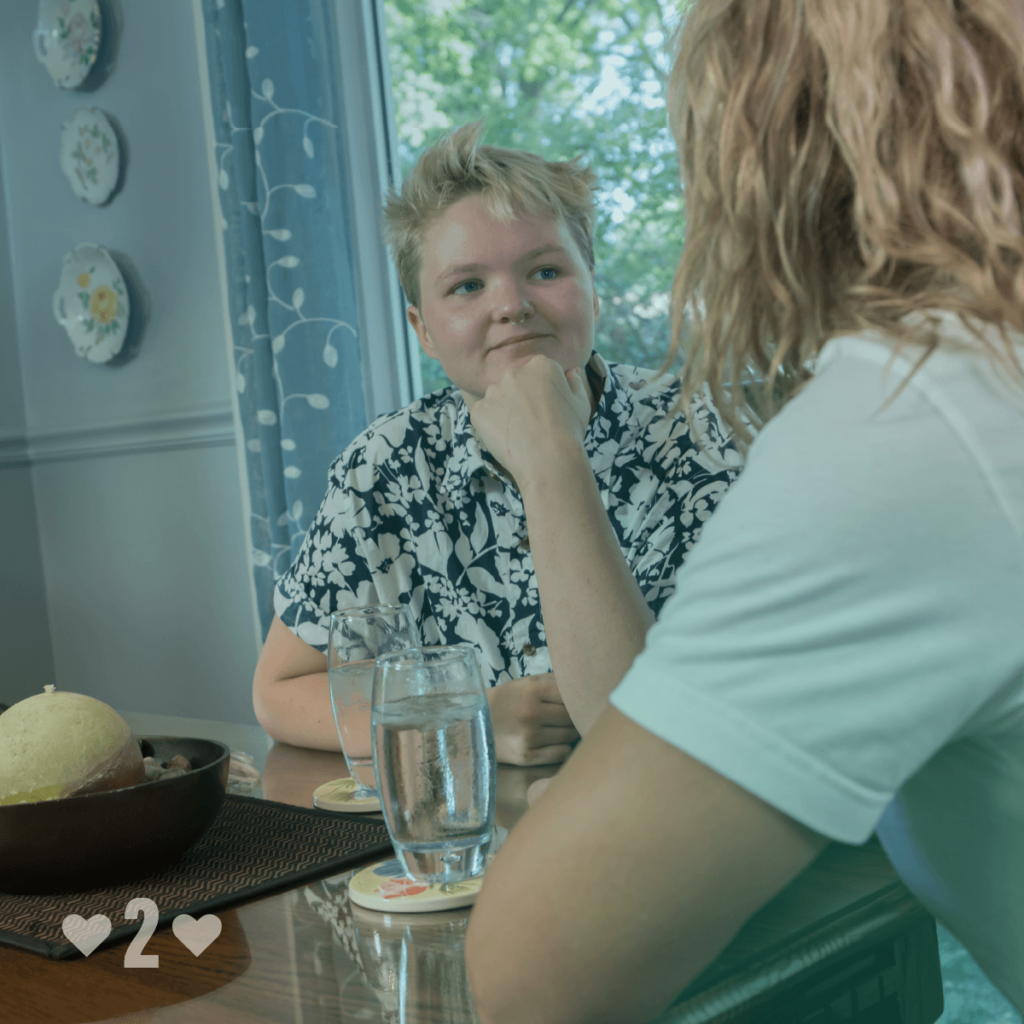Help Prevent Suicide Among Teens & Adolescents
A teen dies by suicide every hour and a half, and for every death, there are 15-25x as many attempts. Source: Columbia University
These numbers are shockingly high, especially because suicide is preventable and there is treatment available to help reduce suicidal thoughts and behavior.
Anyone can be at risk for suicide: your neighbor who always says “Hi”, a classmate who gets all A’s, a dedicated member of your church, someone who posts happy photos on Instagram, and maybe even your own kid.
The best way to prevent suicide is to know the warning signs:
Do they talk about wanting to die?
Listen for statements like “Everyone would be better off if I were dead.” Look for unsettling behavior like giving away important belongings or saying goodbye to family and friends unexpectedly.
Have they self-harmed recently?
Self-harm is when people hurt themselves on purpose by cutting, scratching, or burning. This can be a sign they don’t know a better avenue of dealing with their emotions or situations and they could be at-risk for suicidal thoughts.
Do they feel like things may never get better?
Listen for statements like “Things never get better.” and look for behaviors like not caring about upcoming, exciting milestones (prom, graduation, getting into college), or things they used to care deeply about (music, sports, friends).
Do they seem like they are in emotional pain or like something is wrong, but they can’t make it go away?
People with suicidal thoughts may also experience depression, trouble paying attention, numbness, strong mood swings, irritability, or impulsiveness. Pay attention to drastic changes in their behavior.
Are they struggling to deal with a big loss or disappointment?
Everyone experiences disappointment in their life. However, if a teen is more upset than most people would be or for a long period of time, they may be at risk for suicide.
When to Call 988
If your gut is telling you to be worried, listen to it. It’s better to ask questions than ignore the signs. The 988 Suicide and Crisis Lifeline is here for your family 24/7, offering free and confidential support to anyone going through a tough time, whether it’s a mental health struggle, a substance use crisis, or thoughts of suicide.
Please dial 911 for immediate help in emergencies requiring law enforcement, fire, or medical services.



